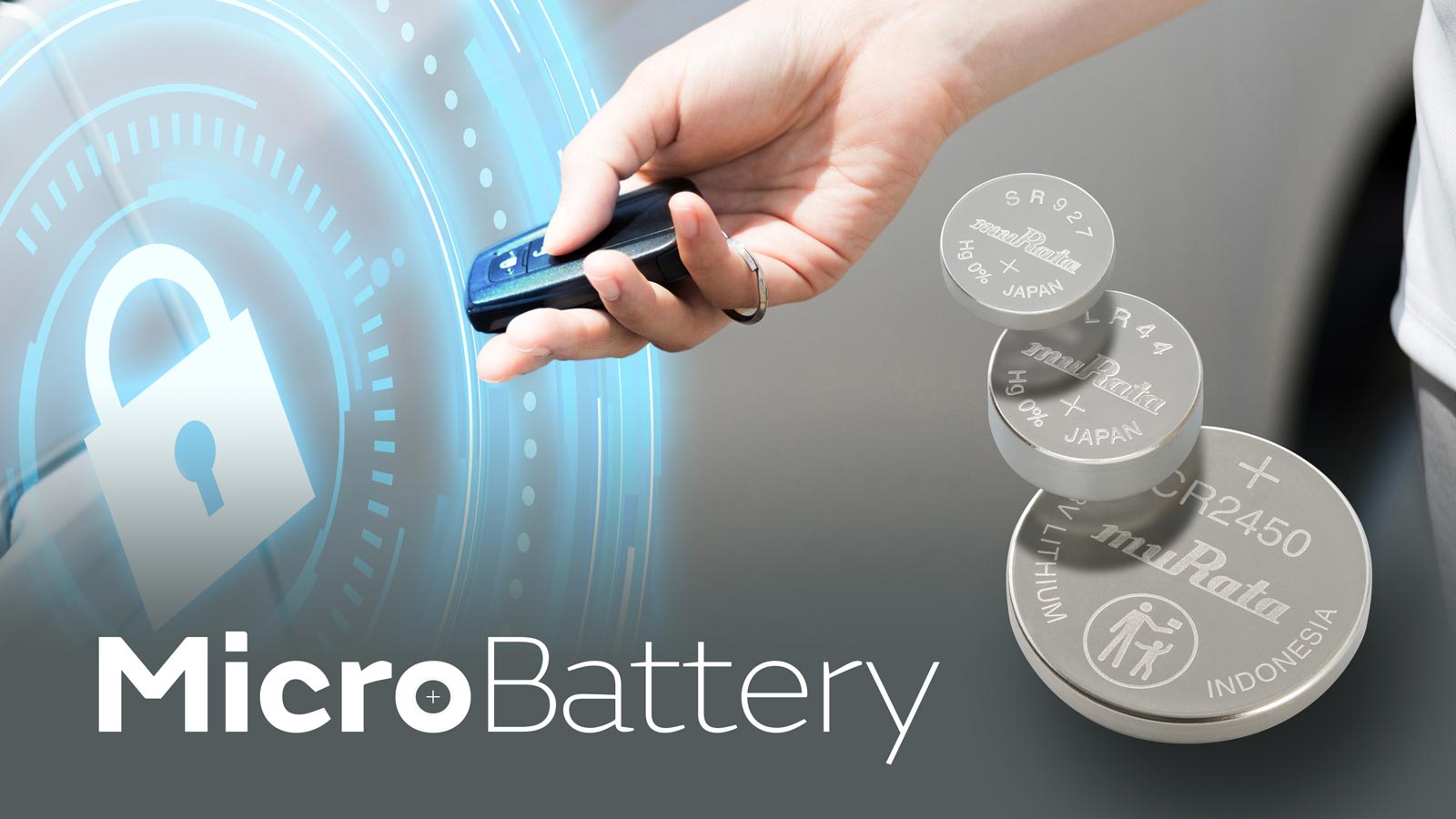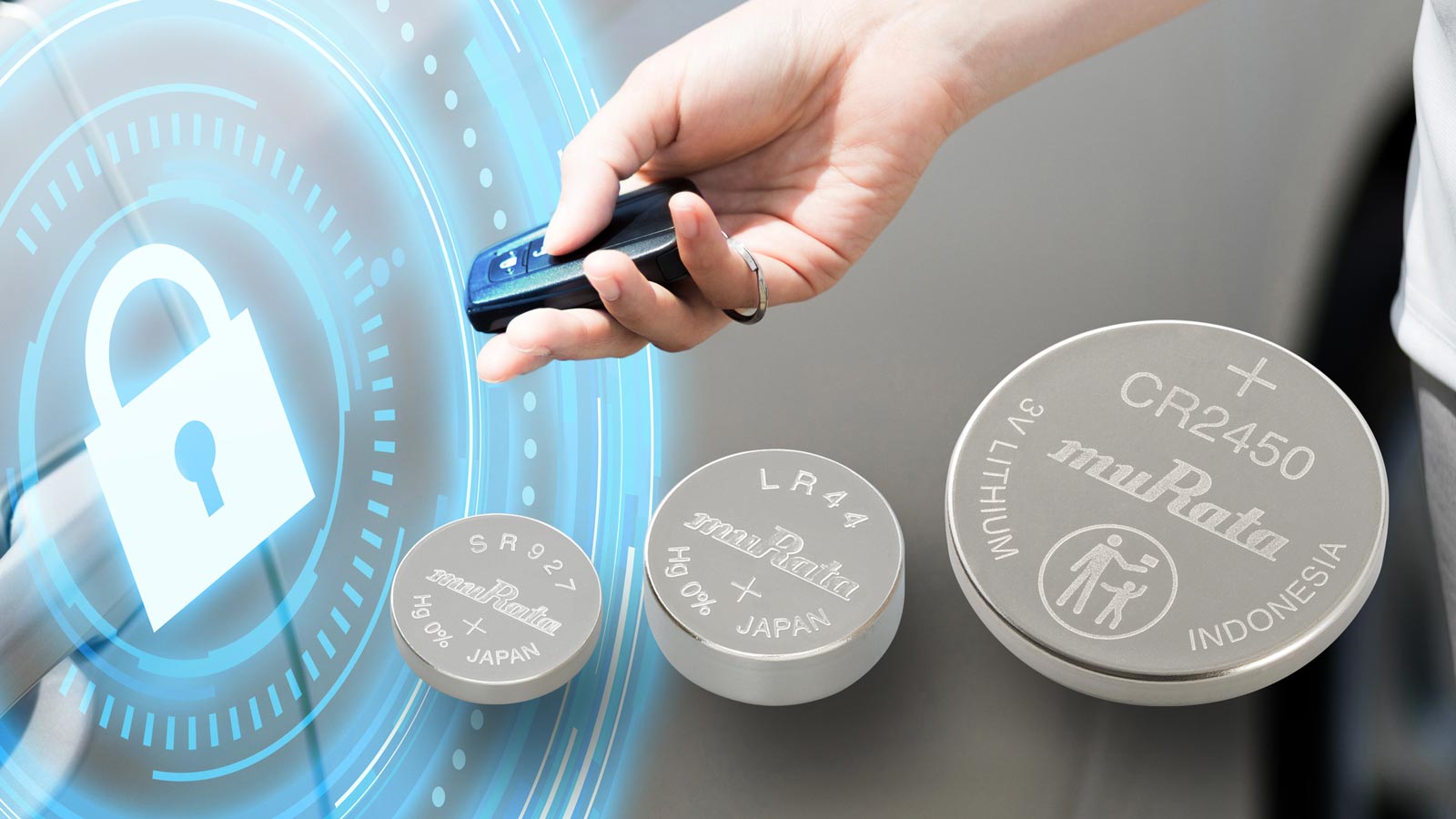Neutralising the ticking time bomb: eliminating mercury from watch batteries
Watches are still a common sight on many wrists. Stylish, sporty, accurate: for most consumers, these features are on their mind when choosing their timepiece. Safety doesn’t factor into these considerations – we take it for granted. Yet only 16 years ago, it was impossible to manufacture mercury-free batteries, which meant that all watches contained the toxic chemical. Here, we look back at how the invention of mercury-free silver oxide batteries revolutionised safety and explores future applications for this technology.

Harmful to ecosystems
Mercury has traditionally been included in button cell batteries used to power a wide range of devices that need long battery life, such as watches. It helps prevent the build-up of internal gases, which could cause the battery to break and leak. However, there are several environmental and health & safety concerns associated with it.
Unless disposed of properly, the batteries end up in a landfill site or get incinerated, allowing the mercury to escape into the environment. This is a problem because mercury is a Persistent, Bioaccumalative, Toxic substance (PBT); it stays in the environment for a long time, moving between air and soil in different forms. From there, it enters animals, such as fish, and eventually, the human food chain.
Mercury is a neurotoxin: it damages nerves and can be quickly distributed throughout the body to different organs, including the brain. It is particularly harmful to pregnant women, as it can pass through the placenta onto the fetus and result in various health issues, including learning difficulties.
Breakthrough research
As the above examples illustrate, the industry had a lot to gain by eliminating mercury from batteries. Yet, for a long time, it was thought to be impossible to achieve. That’s why the introduction of the first mercury-free battery in 2004 was nothing short of a miracle.
The discovery was enabled by decades of research by scientists at Murata’s ISO9001/ISO14001 approved micro battery factory in Japan. Acquired from Sony in 2017, the factory has been focused on developing silver oxide battery technology since the late 70s.
Mass production of mercury-free batteries began in 2005 and, 10 years later, the European Commission banned the use of any mercury in all button cell batteries from 1st October 2015, acknowledging in a 2012 report that “Mercury (Hg) and most of its compounds are highly toxic to humans, ecosystems and wildlife”.
Since 2005, Murata’s factory has produced over four billion units. This translates to over 3,200 kilos of mercury saved – all of which could have ended up polluting the environment. The invention of the mercury-free battery was honoured by the Japanese Government with the Monozukuri Nippon Grand Award.

A new line of watch batteries
The amount of mercury saved is significant because Murata is the manufacturer with the highest market share in watch batteries. Through this innovation, Murata has enabled many watch manufacturers to reduce the environmental impact of their products.
Continuing to strengthen its position as a global leader, Murata launched its own brand of watch batteries in 2019. The SR series features the same patented J-shaped gasket, optimised to minimise leakage risks during long-term storage for safe and sustainable performance.
What’s next?
The growing capabilities of smartwatches, amongst other factors, have caused the sales of traditional wristwatches to decline. This is likely to affect the volume of button batteries required by the industry. Murata, however, is already looking at new applications for its innovative technology.
IoT devices and wearables are likely application areas, for example, in the medical electronics sector. Devices designed to be ingested or inserted under the skin must be free of mercury. To enable this, Murata is already developing a high drain version of the SR range to enhance the batteries’ capabilities for these and other new use cases.
To find out more about Murata’s SR range, visit https://solution.murata.com/en-eu/products/microbatteries_watch/.
Video: (English) Murata Watch Battery with High Reliability & Technical Performance
